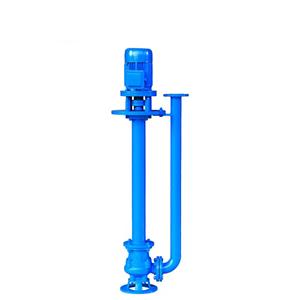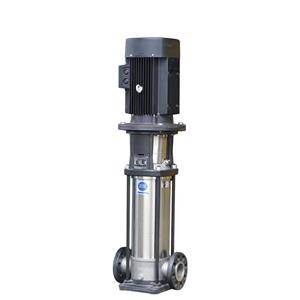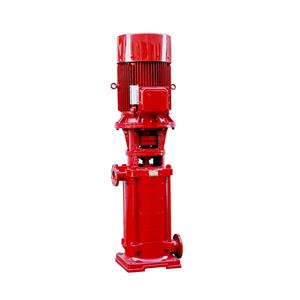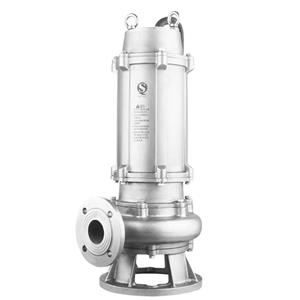How Diesel Generators Power the World
Diesel generators remain vital energy sources for industries, emergency backup systems, and remote operations due to their reliability and efficiency. Understanding their working principles involves exploring both the diesel engine and the electricity generation process. Here’s a comprehensive look at how diesel generators convert fuel into electrical energy.

Core Components of a Diesel Engine
A diesel engine’s structure comprises:
Cylinder: A sealed chamber where air compression and fuel combustion occur.
Piston: Moves vertically within the cylinder, driven by combustion force.
Cylinder Head: Houses intake and exhaust valves.
Valves: Intake valve allows filtered air into the cylinder; exhaust valve expels combustion gases.
Connecting Rod & Crankshaft: Transforms the piston’s linear motion into rotational energy.
Flywheel: Stores kinetic energy to maintain smooth engine operation between power strokes.
Fuel Injector: Sprays atomized diesel into the combustion chamber.
Most diesel generators use multi-cylinder four-stroke engines, though single-cylinder variants exist for smaller applications.
Four-Stroke Combustion Cycle
The engine’s operation involves four sequential phases:
Intake Stroke
The piston moves downward, opening the intake valve.
Fresh air, filtered through an air cleaner, enters the cylinder.
Compression Stroke
The piston moves upward with both valves closed.
Air is compressed to ~1/20th of its original volume, raising temperatures to 500–700°C (932–1,292°F).
Power Stroke (Combustion & Expansion)
At the piston’s top position, the fuel injector sprays fine diesel mist into the superheated air.
Spontaneous combustion occurs due to the high temperature (no spark plug required).
Expanding gases force the piston downward, rotating the crankshaft via the connecting rod.
Exhaust Stroke
The piston ascends again, opening the exhaust valve.
Burnt gases are expelled, preparing the cylinder for the next intake cycle.
Each stroke corresponds to a half-rotation of the crankshaft. After initial manual or electric cranking, the flywheel’s inertia ensures continuous motion.
Electricity Generation: DC vs. AC Systems
The diesel engine’s crankshaft transfers rotational energy to a generator, which converts it into electricity. Two primary generator types are used:
1. DC Generators
Components:
Stator: Stationary housing with magnetic pole cores and field windings.
Armature: Rotating coil assembly that cuts magnetic lines.
Commutator & Brushes: Collect and transfer current from the armature.
Working Principle:
Residual magnetism in the stator’s poles creates a weak magnetic field.
As the armature spins, its coils cut through this field, inducing an electric current via electromagnetic induction.
Brushes transmit this current to external circuits.
2. AC Generators (Alternators)
Components:
Rotor: A shaft-mounted assembly of permanent magnets (North/South poles).
Stator: Fixed silicon-steel core with multiple coiled windings.
Working Principle:
The rotor spins within the stator, driven by the diesel engine.
Rotating magnets generate a alternating magnetic field in the stator windings.
This changing field induces an alternating current (AC) in the coils, transmitted via output terminals.
Voltage Regulation & Control
Raw generator output requires stabilization for safe use. A voltage regulator ensures consistent power quality by:
Adjusting field current to maintain steady voltage despite load fluctuations.
Preventing overloads or under-voltage scenarios.
Modern systems integrate digital controllers for real-time monitoring, automatic start/stop functions, and synchronization with grids.
Advantages of Diesel Generators
High Efficiency: Diesel engines achieve thermal efficiency of 40–50%, outperforming gasoline alternatives.
Durability: Robust construction enables long service life under heavy loads.
Fuel Safety: Diesel is less flammable than gasoline, reducing fire risks.
Load Handling: Excels at supplying stable power for extended periods.
Applications Across Industries
Industrial: Continuous power for factories, mining, and construction sites.
Emergency Backup: Hospitals, data centers, and telecom networks.
Remote Operations: Off-grid locations like oil rigs or rural electrification projects.
Leading Diesel Generator Manufacturers
Reputable manufacturers combine advanced engineering with strict quality standards to deliver reliable systems. Key players include Caterpillar, Cummins, and Kohler, which produce units ranging from portable 5kVA models to multi-megawatt industrial generators.




